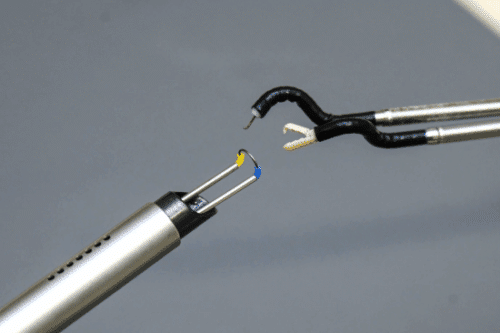A robotic system removed bladder tumours in a world-first trial, showing it can help make surgery safer, easier, and more accurate.

Hong Kong-based Agilis Robotics has completed the world’s first robotic-assisted en bloc resection of bladder tumour (ERBT) in patients. Conducted with The Chinese University of Hong Kong (CUHK), the clinical trial demonstrates the Intilume System’s ability to support precision and safety in minimally invasive procedures.
The trial involved eight patients with bladder tumours. All procedures achieved tumour removal, and six patients who completed 30-day post-surgery observations recovered. Two patients remain under observation, with all participants discharged within 1–2 days.
The Intilume System is a robotic surgical platform built to support precision and stability in minimally invasive procedures. With two robotic arms (2.8mm–3.5mm in diameter), it enables tumour resections in limited spaces. Its controls can reduce reliance on manual dexterity, shorten the learning curve, and support outcomes for procedures like ERBT.
Bladder cancer is among the world’s ten most common cancers, with about 75% of cases classified as non-muscle-invasive. ERBT offers benefits over transurethral resection (TURBT) by lowering recurrence rates but requires a high level of surgical skill and carries risks such as bleeding and bladder perforation. The Intilume System helps manage these issues by supporting surgical control and reducing risks.
Beyond bladder cancer, the Intilume System is suitable for a range of minimally invasive procedures, including gastrointestinal, prostate, uterine, and biliary surgeries. Its compatibility with endoscopes and modular design makes it useful across surgical fields. This development supports Agilis Robotics’ goal to improve precision and safety in minimally invasive surgery.
Dr. Peter CHIU Ka-fung, Associate Professor in CUHK’s Division of Urology, remarked: “The robotic system increases the stability of ERBT operations, reducing the risks of bleeding and perforation, and enhancing surgical precision. It helps lower the risk of recurrence due to residual tumour tissue and speed up patient recovery.”







